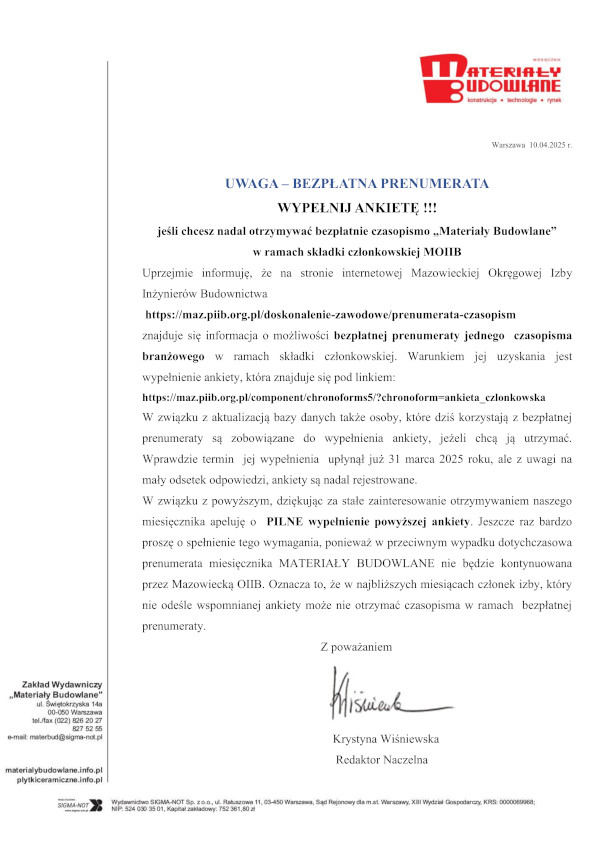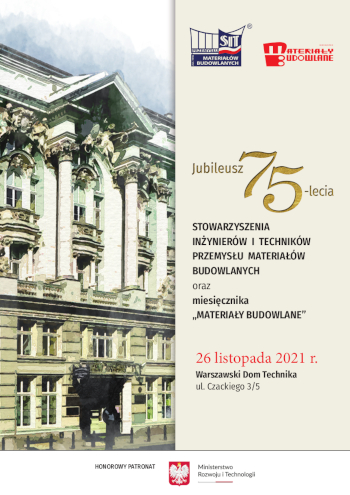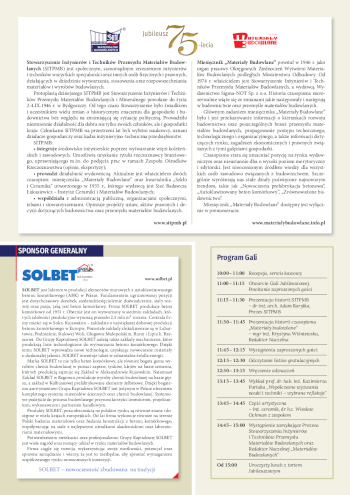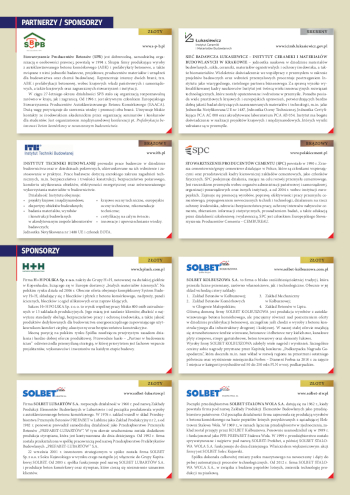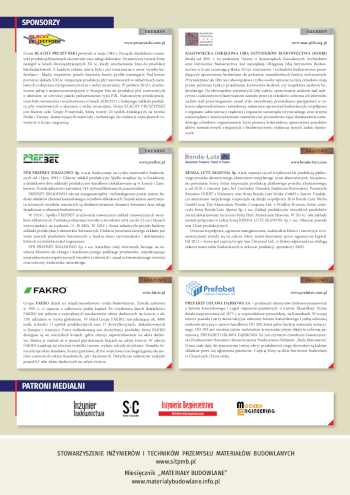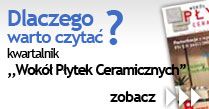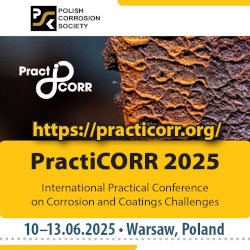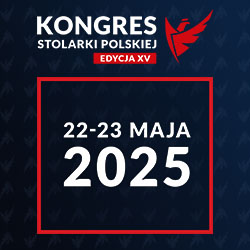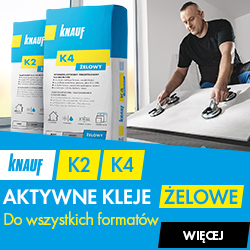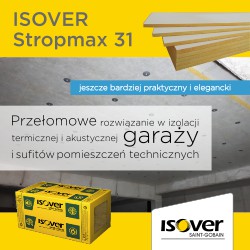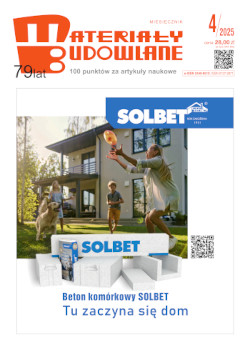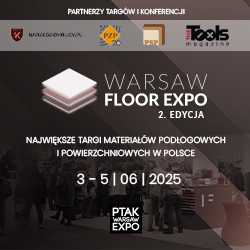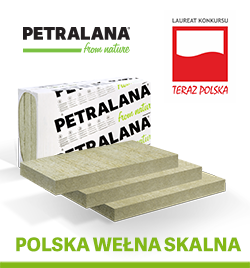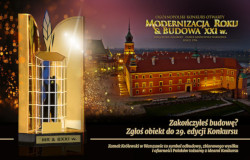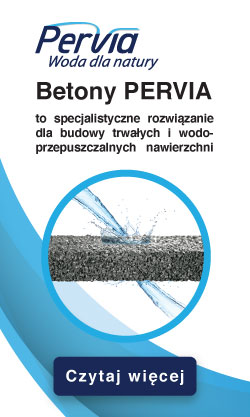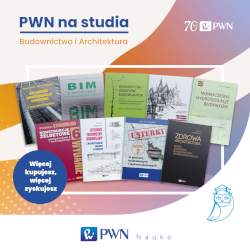dr inż. Grzegorz Ludwik Golewski
Politechnika Lubelska, Wydział Budownictwa i Architektury
Autor prezentuje badania mikrostrukturalne betonów z dodatkiem 0, 10, 20 i 30% krzemionkowych popiołów lotnych, po 28 dniach dojrzewania. W doświadczeniach szczególną uwagę zwracano na mikrostrukturę warstw stykowych (WS) pomiędzy największymi inkluzjami a matrycą cementową, oraz rodzaj i miejsca występujących faz w zaczynie cementowym. A także oszacowano szerokość występujących uszkodzeń w obszarze WS.
Słowa kluczowe: popiół lotny, beton, odporność na pękanie,
mikrostruktura, szerokość pęknięcia, warstwa stykowa
* * *
The relationship between fracture toughness and microstructure in concretes containing fly ash additives
The present study was focused on estimation of internal microstructure of concretes containing 0, 10, 20 and 30%volume content additive of the Fly-ash (FA). It can be concluded that the FA additive significantly changes the shear fracture toughness KIIc. The optimum volume content of the FA, i.e.maximumincrease of KIIc, corresponds to 17%. The microstructural observations were performed using the scanning electron microscope QUANTA FEG 250. After 28 days of curing the most compact microstructure with well developed fibrous C-S-H phase were characterized by a concrete containing 20% FA additive. The biggest micro-cracks (from 2,5 to 3,0 μm) in interfacial transition zone between paste and coarse aggregates were observed in concretes containing 30% FA, while the smallest one (to 800 nmand to 700 nm) in concreteswith 10 and 20% FAadditive.
Materiały Budowlane 10/2013, strona 28-30 (spis treści >>)


